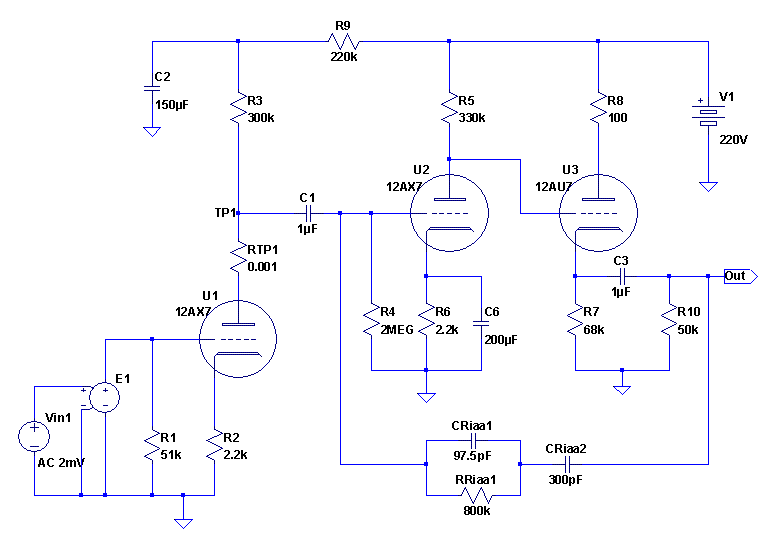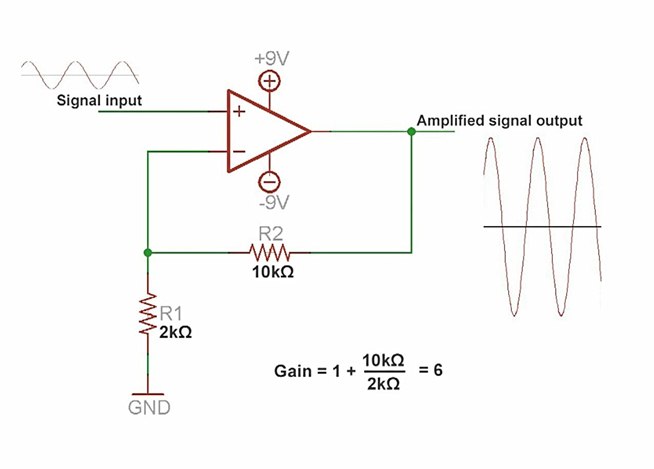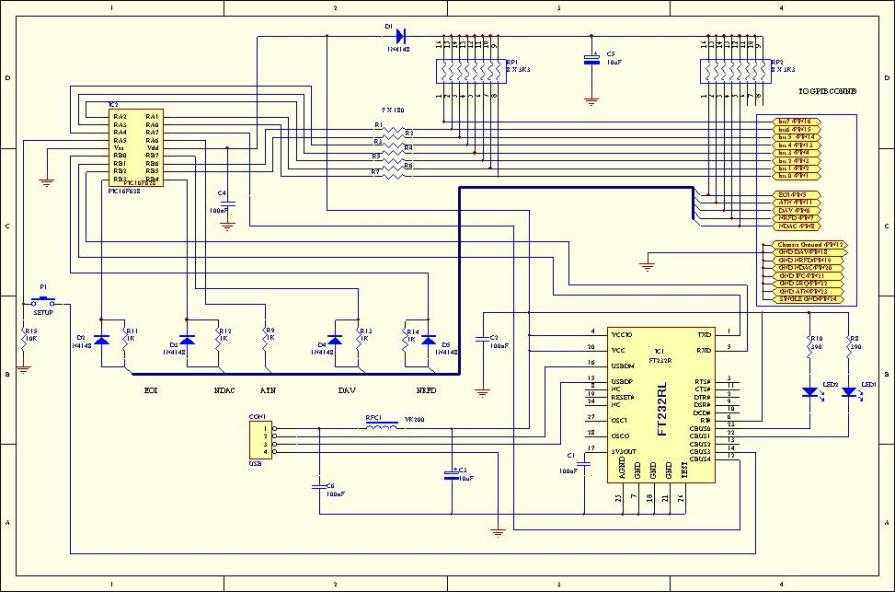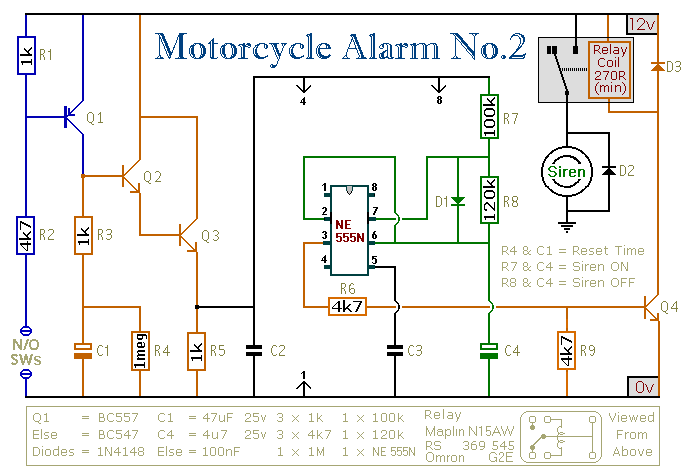
Strange EQ plot PULTEC build
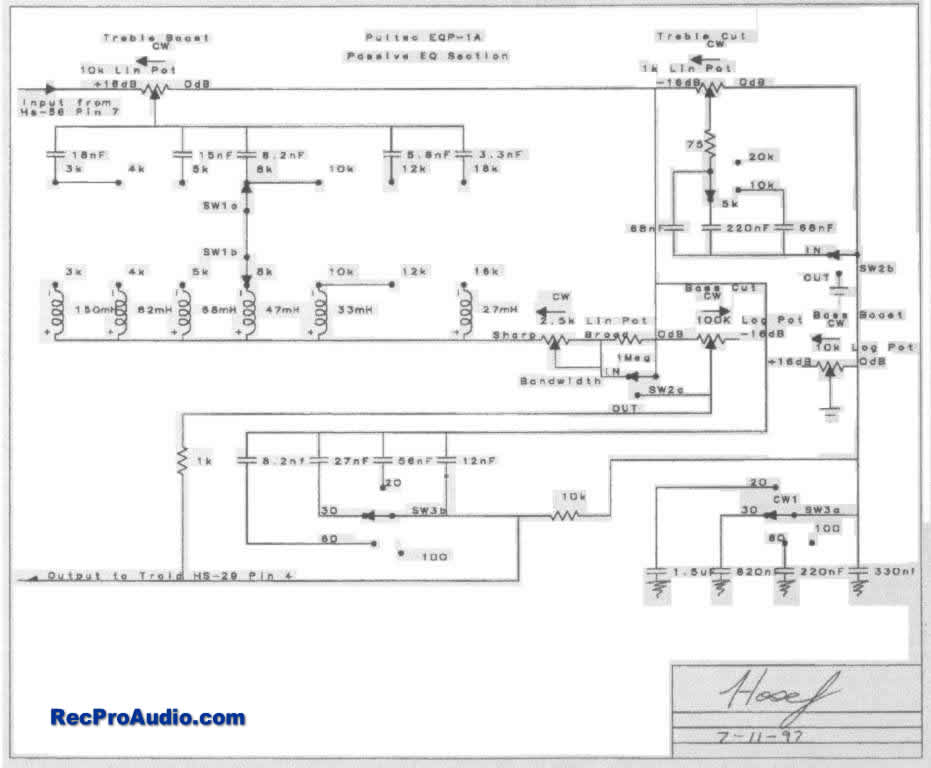
A Drip Pultec V2 has been completed. Upon checking the EQ curves using SpectraFoo, an anomaly was observed. The curves for 20 Hz, 60 Hz, and 100 Hz appear as expected, but the 30 Hz curve shows irregularities.
The Drip Pultec V2 is an analog equalizer inspired by the classic Pultec EQP-1A design, renowned for its unique ability to boost and cut frequencies simultaneously, which results in a smooth and musical tone shaping. This equalizer employs a passive EQ circuit combined with a vacuum tube gain stage, providing a warm and rich sound that is highly sought after in audio production.
In the context of the observed EQ curves, the expected behavior for the 20 Hz, 60 Hz, and 100 Hz frequencies indicates that the primary signal path is functioning correctly. However, the anomaly at 30 Hz suggests potential issues in the circuit that may include component tolerances, incorrect values, or even a malfunctioning part such as a capacitor or inductor.
When troubleshooting this anomaly, it is essential to examine the circuit schematic closely, focusing on the components associated with the 30 Hz frequency response. This typically involves checking the values and conditions of the inductors and capacitors that define the low-frequency response. Additionally, verifying the integrity of the signal path and ensuring that all connections are secure is critical.
The Pultec-style equalizer uses an inductor-based low-frequency boost circuit, which can be sensitive to component variations. Therefore, it may be necessary to measure the inductance of the coils and the capacitance of the associated capacitors to ensure they meet the specified values. Furthermore, any solder joints or connections that appear compromised should be reflowed or repaired to prevent signal degradation.
In conclusion, while the Drip Pultec V2 exhibits expected behavior at certain frequencies, the anomaly at 30 Hz warrants careful investigation of the circuit components and connections to ensure optimal performance of the equalizer.I just finished a Drip Pultec V2. Checking the EQ curves in spectrafoo I noticed an anomaly. The 20, 60 and 100hz curves appear as expected but the 30.. 🔗 External reference
The Drip Pultec V2 is an analog equalizer inspired by the classic Pultec EQP-1A design, renowned for its unique ability to boost and cut frequencies simultaneously, which results in a smooth and musical tone shaping. This equalizer employs a passive EQ circuit combined with a vacuum tube gain stage, providing a warm and rich sound that is highly sought after in audio production.
In the context of the observed EQ curves, the expected behavior for the 20 Hz, 60 Hz, and 100 Hz frequencies indicates that the primary signal path is functioning correctly. However, the anomaly at 30 Hz suggests potential issues in the circuit that may include component tolerances, incorrect values, or even a malfunctioning part such as a capacitor or inductor.
When troubleshooting this anomaly, it is essential to examine the circuit schematic closely, focusing on the components associated with the 30 Hz frequency response. This typically involves checking the values and conditions of the inductors and capacitors that define the low-frequency response. Additionally, verifying the integrity of the signal path and ensuring that all connections are secure is critical.
The Pultec-style equalizer uses an inductor-based low-frequency boost circuit, which can be sensitive to component variations. Therefore, it may be necessary to measure the inductance of the coils and the capacitance of the associated capacitors to ensure they meet the specified values. Furthermore, any solder joints or connections that appear compromised should be reflowed or repaired to prevent signal degradation.
In conclusion, while the Drip Pultec V2 exhibits expected behavior at certain frequencies, the anomaly at 30 Hz warrants careful investigation of the circuit components and connections to ensure optimal performance of the equalizer.I just finished a Drip Pultec V2. Checking the EQ curves in spectrafoo I noticed an anomaly. The 20, 60 and 100hz curves appear as expected but the 30.. 🔗 External reference
